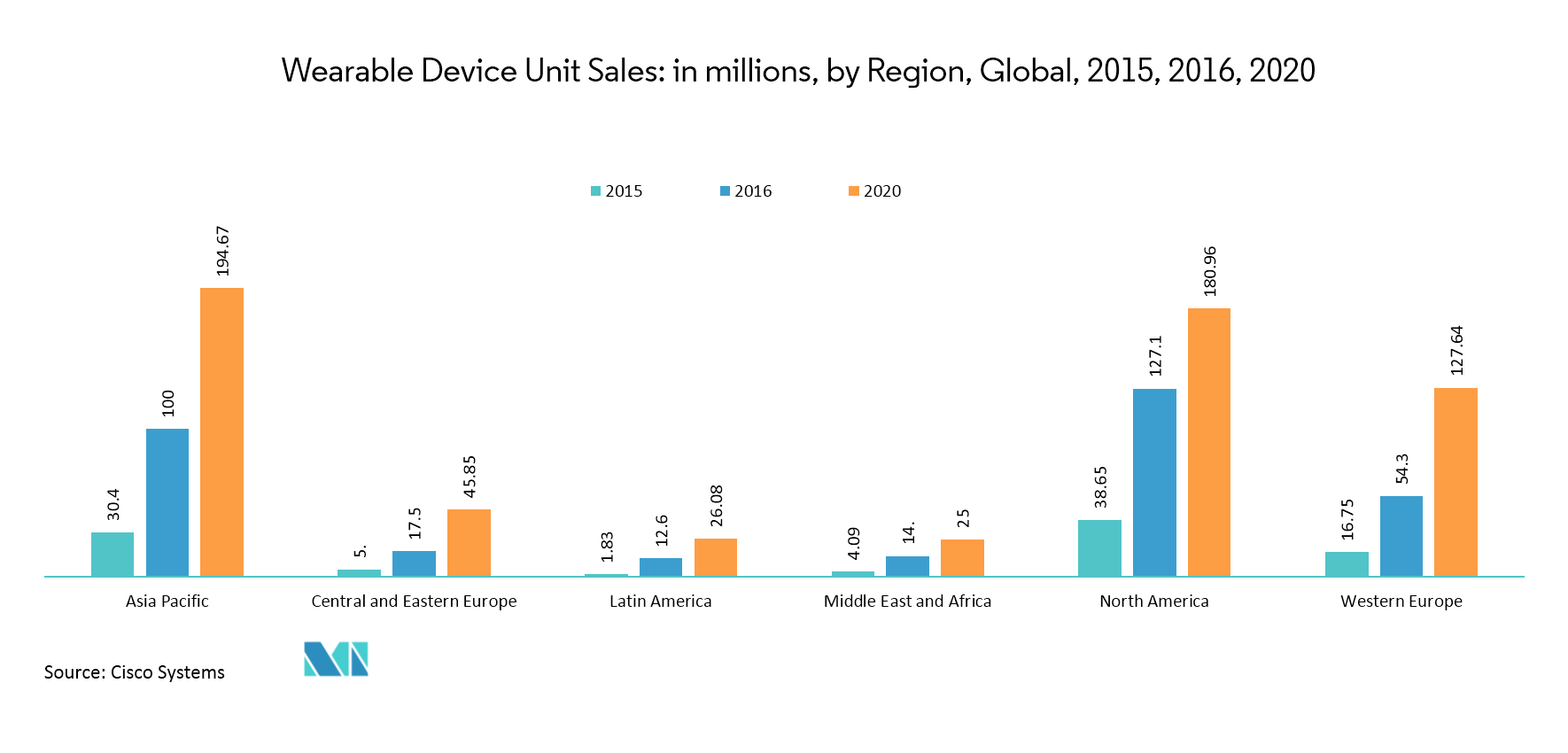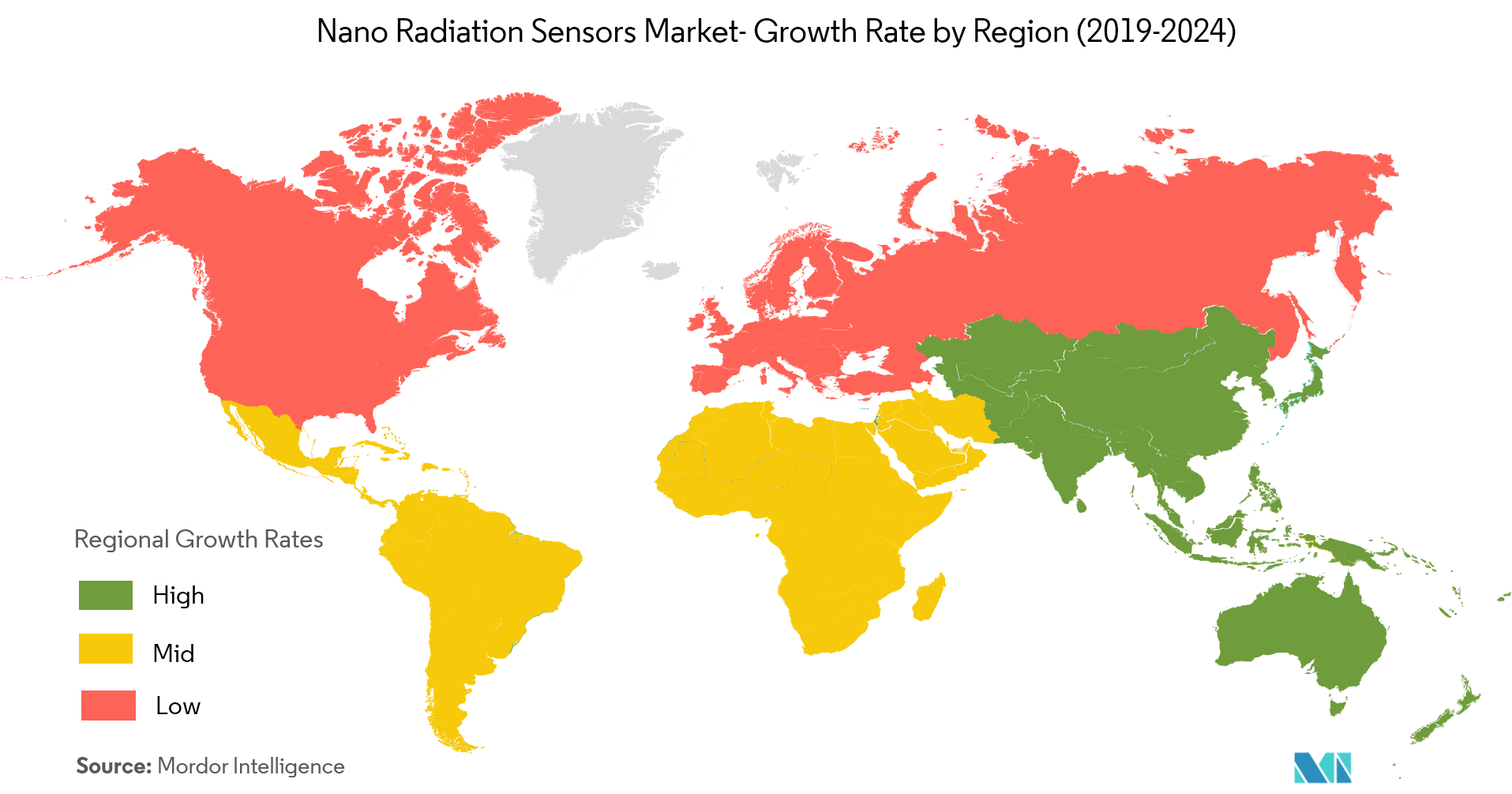Market Trends of Nano Radiation Sensors Industry
This section covers the major market trends shaping the Nano Radiation Sensors Market according to our research experts:
Consumer Electronics End User to Account for Largest Share
- End users across nations are increasingly demanding high-performance devices with reliable and highly portable computing platforms. Connectivity over wireless networks such as Wi-Fi, 3G, 4G, and Bluetooth to facilitate easy data exchange and transfer has been increasing rapidly.
- This has led to wireless computing devices, such as tablets, smartphones, wearables, and sensors, flooding the market. Wireless computing devices require a high level of integration, which, in turn, is propelling the development of a number of new designs to support multiple applications on a single platform. In such a market scenario, the need for innovative, low-cost testing solutions can facilitate cost efficiencies and ensure quick market entry of the product.
- Regional factors have impacted production facility investments. For instance, America’s tariffs on goods made in China influenced semiconductor companies (SK Hynix,, and Mitsubishi Electric), to move their production back to Asia, thus making Asia, a potential market for nanosensors.

United States to Account for Significant Share
- The United States is the largest market for nano radiation sensors in the global market. The country has a high demand from almost all the end-user segments alike, which is one of the major driving factors for the increasing demand from the country. However, the major contributors to the demand include healthcare, automotive and industrial, aerospace and defense, and power generation sectors.
- The healthcare sector in the country is one of the major sources of demand for nano radiation sensors. Immense research and clinical trial activity in the country always keeps the demand from this sector high. In fact, according to the Pharmaceutical Research and Manufacturers of America (PhRMA), pharmaceutical companies in the United States spent a record USD 71.4 billion on research and development activities in 2017 (over 26%, spent on Phase I, II, and III clinical trials, by each company involved in clinical trials).
- Also, the United States comprises the most significant market for advanced defense equipment and services in the world. According to the General Aviation Manufacturers Association (GAMA), as of 2017, the country produced more than 1596 general aviation airplanes (do not involve military aircraft).
- Further, the United States is the world's largest producer of nuclear energy with 98 operating nuclear power reactors as of October 2018. It is estimated that the country accounts for approximately 30% of global nuclear power generation capacity. In fact, as of 2017, the nuclear power generation segment was responsible for 20% of the total electricity output.
- Over the forecast period, such initiatives are expected to open new market opportunities to the nano radiation sensors in the power generation sector.


